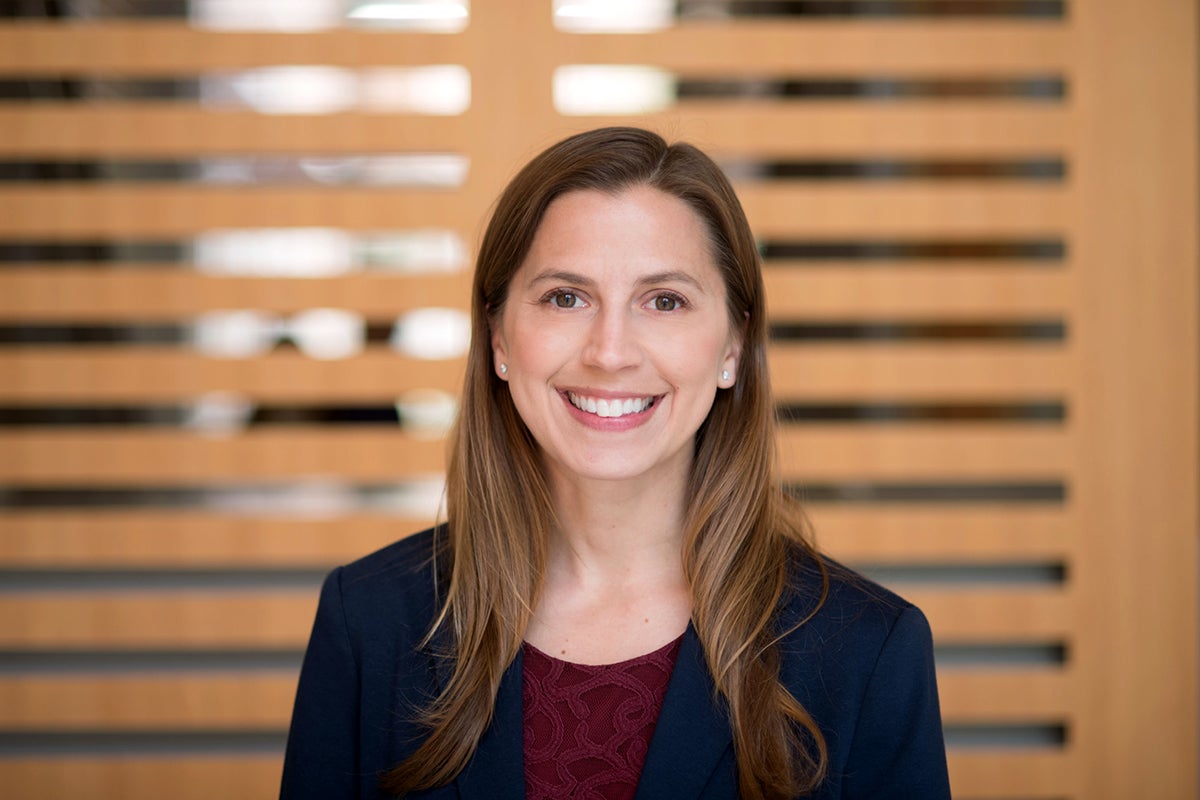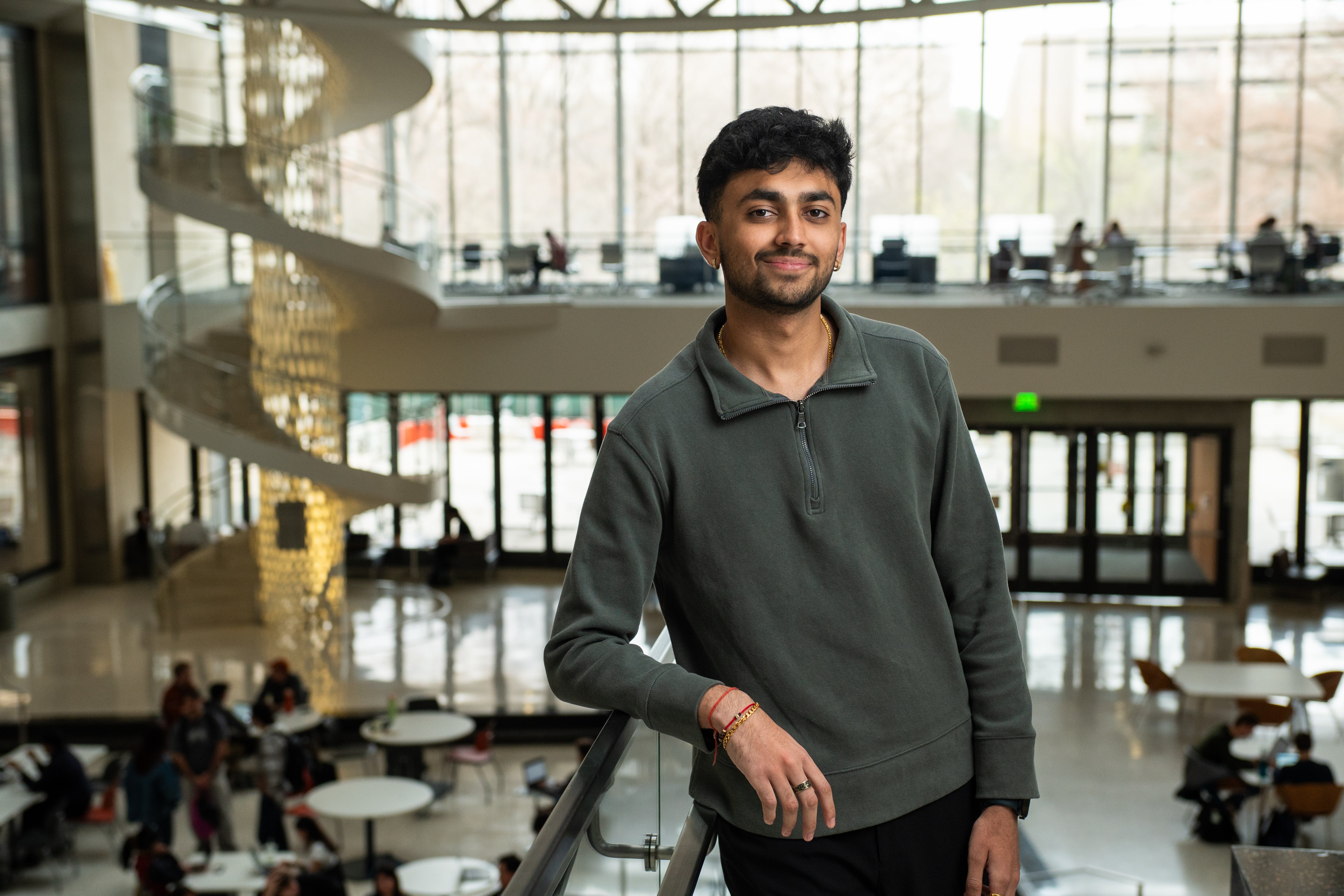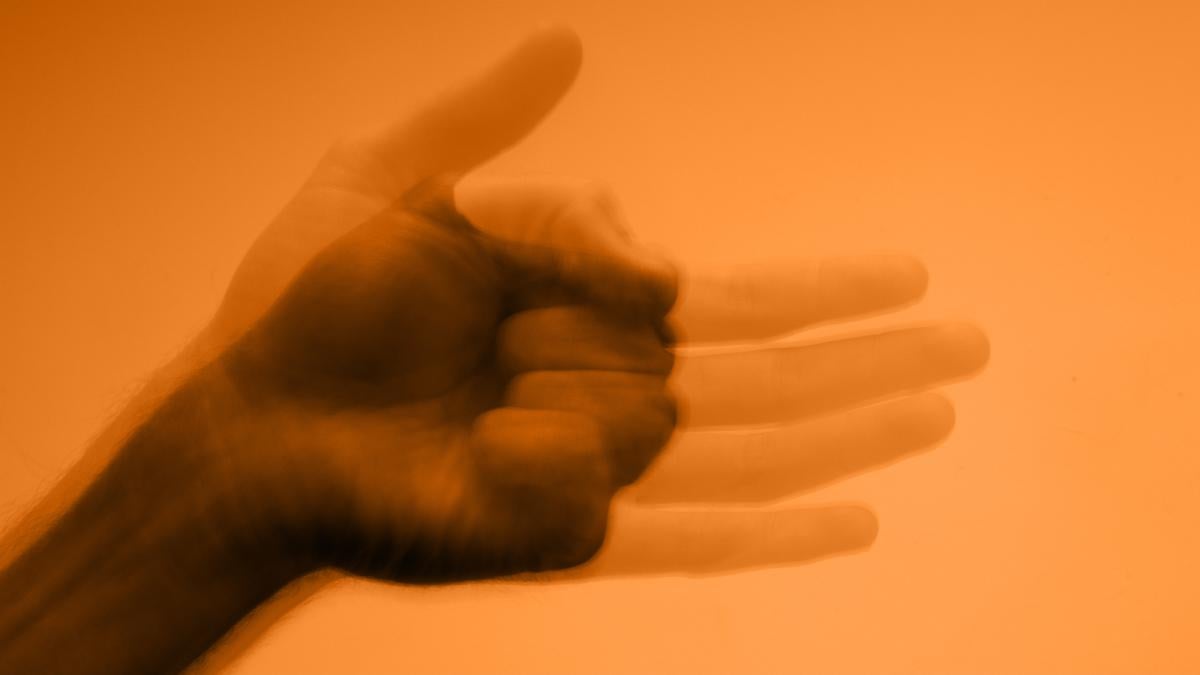Alumnus Helped Usher in Age of Personal Computing and Guide Lunar Astronauts Home
Bob O'Rear said his time in graduate school on the Forty Acres made a huge mark on his career for introducing him to astrophysics and computer programming.
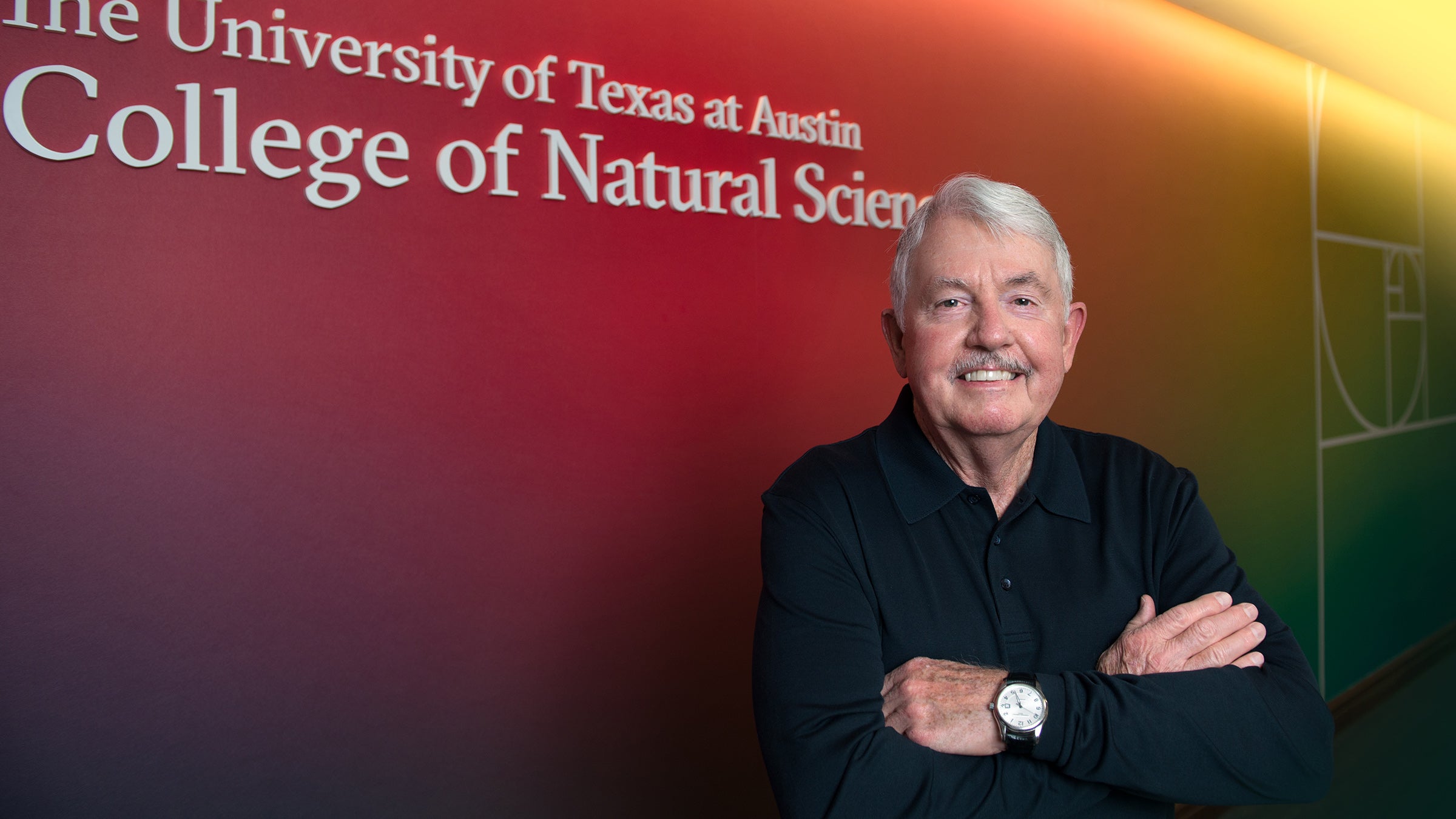
Bob O'Rear (M.S. '66) wrote computer code that helped guide Apollo astronauts safely home and led the team that developed software for the first IBM PC. Photo credit: Vivian Abagiu.
In the summer of 1980, Microsoft was a scrappy little company with about 40 employees known mostly for producing computer languages like BASIC and FORTRAN. Annual revenues were just a few million dollars a year. That was all about to change when they got a call from global computer giant IBM. Could they help with a top-secret project to build, in less than a year, an affordable personal computer for ordinary people?
Bob O'Rear (M.S., '66), Microsoft employee number seven, says he and his team proposed to not only produce languages for the new computer, but also to build a complete operating system. It was a risky move because they'd never built one before and it had to be done quickly. Their plan was to buy the rights to a bare-bones operating system developed by Seattle Computer Products and modify and expand it for IBM's new personal computer.
O'Rear and his team were competing against a group at IBM Japan who were also developing an operating system. They also knew of IBM's reputation for launching several parallel projects and picking the best one to go forward into the market while discarding the others.
"From the fall of 1980 to mid-summer 1981, I worked almost every day, all day on the IBM project," O'Rear said. "I worked through all holidays and weekends, canceled vacations and basically put the rest of my life on hold as I worked to make the IBM PC a reality."
He recalled the moment he was sitting in front of the screen and all the parts of the new operating system, dubbed MS DOS, began to work together correctly.
"Then late one night, it went through and came up and signed on to DOS, and it just sat there waiting for a command," he told a reporter in 2007. "It was the best feeling in the world. It was so exciting as someone who went through the design and the coding and the debugging. To have it just sitting there waiting for a command was amazing."
The IBM PC was launched on August 12, 1981 and soon became the world's dominant microcomputer. At its peak, an IBM PC sold at a rate of one every minute of every business day. By 1984, IBM's annual PC revenue was estimated at $4 billion. The IBM PC set the industry standard for a slew of compatible machines from other manufacturers, machines whose descendants still grace the desktops of hundreds of millions of users around the world. The age of personal computing had arrived.
It was also a milestone in Microsoft's trajectory to becoming the global software empire it is today.

O'Rear (second row, far left) was employee number seven at Microsoft, a small software company that mostly wrote software for computer languages at the time of this company photo (1978).
From the Panhandle to the Moon
Bob O'Rear came from a humble background. He was raised by his sharecropping grandparents in the 1940s and 50s in the Texas Panhandle, a region that took unusually long to shake off the effects of the Great Depression. In high school, he was a B student with few aspirations. But thanks to a new loan program for disadvantaged students from his hometown, Perryton, he could afford to attend Texas Western College (now the University of Texas at El Paso).
He initially majored in physical education so that he could come back to Perryton to coach tennis and teach health. Many of the other students he met in his dormitory were engineering majors.
"They teased me mercilessly about my PE major," he recalled. "How easy it was and how difficult their major was and that it really took a lot of brains and super human effort to pass calculus and I probably couldn't handle it."
Fed up with the teasing, he signed up for calculus the next year just to prove that he could do it. Although it was extremely hard work, he made one of the few A's in the class and changed his major to mathematics.
"I was a full-fledged convert to the beauty and power of mathematics," he said.
After graduation in 1964, he went on to graduate studies in math at The University of Texas at Austin. While there, he took an astrophysics course and discovered the joy of calculating the orbits of comets and planets. Several astrophysics courses later, he had a minor. He also took a few computer-programming courses in the math department—there was no computer science department yet. He realized that his skills in math, computer programming and astrophysics could be useful in the aerospace industry.
"This was the mid 60s and probably the most glamorous job you could find as a math guy was working in the space program," O'Rear said. "It was just really exciting."
When he finished his master's in the summer of 1966, he had about a dozen job offers and took one with a company in Redondo Beach, California called TRW. He wrote programs for top secret spy satellites. Then he transferred to Houston in 1968 to support the Apollo space program.
If you've seen Hidden Figures, you may recall that a mathematician named Katherine Johnson checked and confirmed computer-generated trajectories and entry points for John Glenn's historic 1962 orbit of Earth in a Mercury space capsule. The trajectories were calculated by mainframe computers. Just a few years later, O'Rear was writing algorithms for a mainframe to calculate reentry paths for Apollo command modules returning from the moon to ensure that they didn't skip off the atmosphere, burn up or splash down too far away for Navy ships to reach quickly. He felt a lot of pride when the astronauts returned to Earth safely.
"It was exciting, and it took an awful lot of work," he said. "It was very similar to the Microsoft experience in the sense that you worked very hard and you played hard. And that you were doing something that you felt was really important."
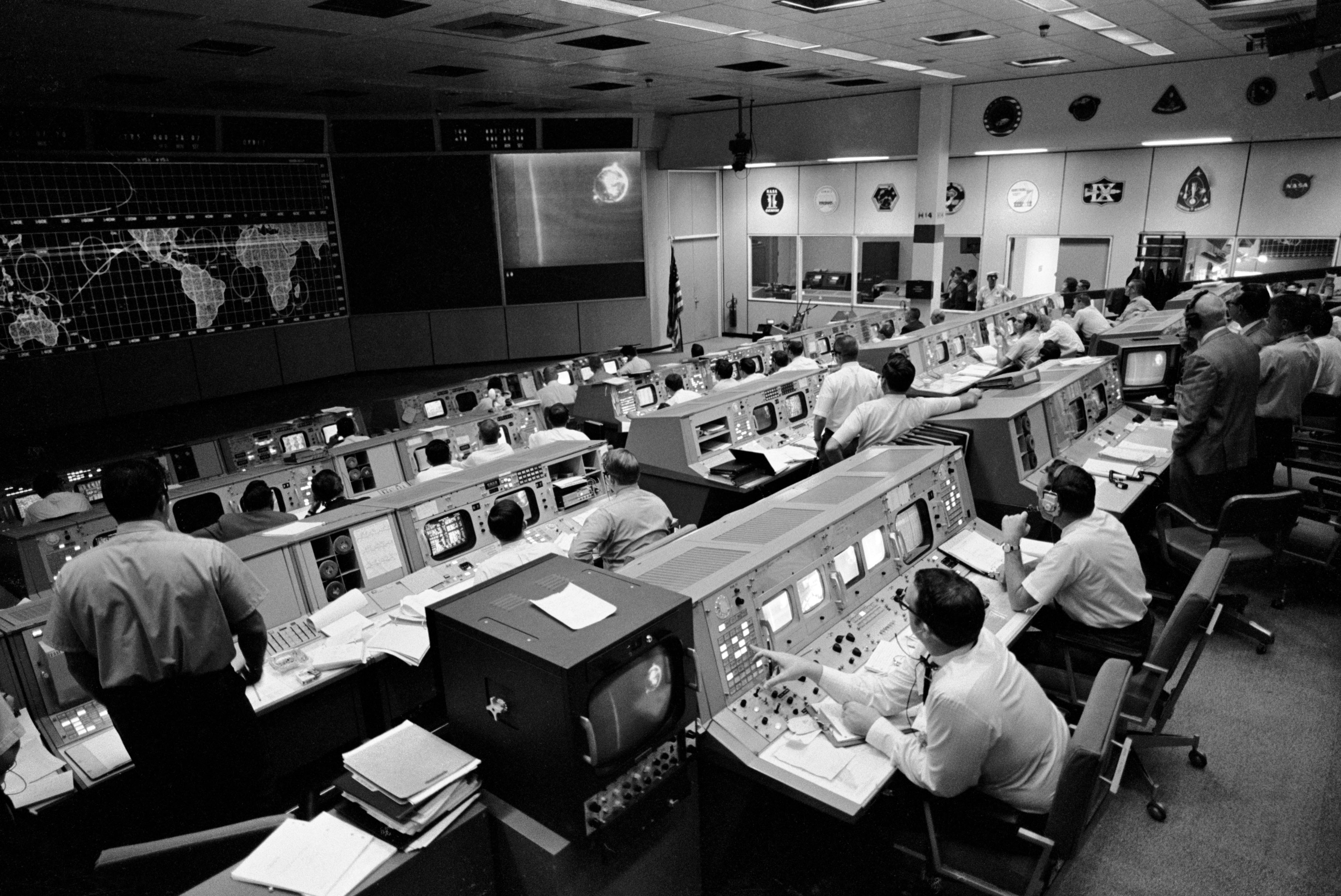
NASA's Mission Control staff in Houston on the first day of the Apollo 10 mission in May 1968.
Giving Back
After Apollo, O'Rear worked on various military and aerospace projects and co-founded a company that made automated manufacturing systems.
In 1977, a friend told him about a six-person software company in Albuquerque, New Mexico, looking to hire someone with programming and math skills.
"He told me about this young guy, Bill, who was running the company and looked about 13 but was very knowledgeable about computers," O'Rear said. "I interviewed with Bill Gates and Paul Allen. It took no time to realize that both of them were very talented."
He joined the team, and it grew to 12 people. They moved to Bellevue, Washington, in January 1979. The following year, they would receive that fateful call from IBM.
After the successful launch of the IBM PC, with MS DOS at its core, O'Rear went on to open Microsoft subsidiaries in Europe, Latin America, the Middle East, Hong Kong and South Africa. He retired in 1993.
In his retirement, O'Rear joined the advisory council for UT Austin's College of Natural Sciences and helped raise funds for a new computer science building.
"Before that building, they were scattered all over campus," said O'Rear. "They didn't have their own building or identity. And it was hampering their ability to attract young new professors into the computer science department."
He convinced his longtime friend Bill Gates to contribute to the effort. As the fundraising effort for what would become the Gates-Dell Computer Science Building was nearing its goal, O'Rear wanted to find a way to thank Gates. So the former Microsoft employee donated funds to create a student research program in Gates' honor that would advance one of the billionaire's major interests: global health. That program, called DIY Diagnostics, is a research stream within the Freshman Research Initiative. Student researchers in the stream work on a range of projects from developing apps to detect skin cancer to crafting a cheap, portable device for testing mosquitos to see if they carry diseases such as malaria or Zika.
"The big accomplishment here is that we're showing kids what research is like and how fun it can be," he said. "We'll develop plenty of additional scientists doing this. If they discover something important from the research, it will be the cherry on top of the sundae."
O'Rear now lives near Seattle, Washington, with his wife Cathy and continues to support the college, for example, through IRA transfers* to the college and activity on its advisory council. He says his time in graduate school on the Forty Acres made a huge mark on his career, from introducing him to astrophysics and computer programming, to connecting him with potential employers in the aerospace industry.
"My career would never have gone anywhere if it weren't for the University of Texas," said O'Rear. "That really opened the doors for me."
* IRA transfers allow individuals age 70½+ to avoid paying income tax on their mandatory IRA distributions by making a charitable donation to UT Austin directly from their IRA.
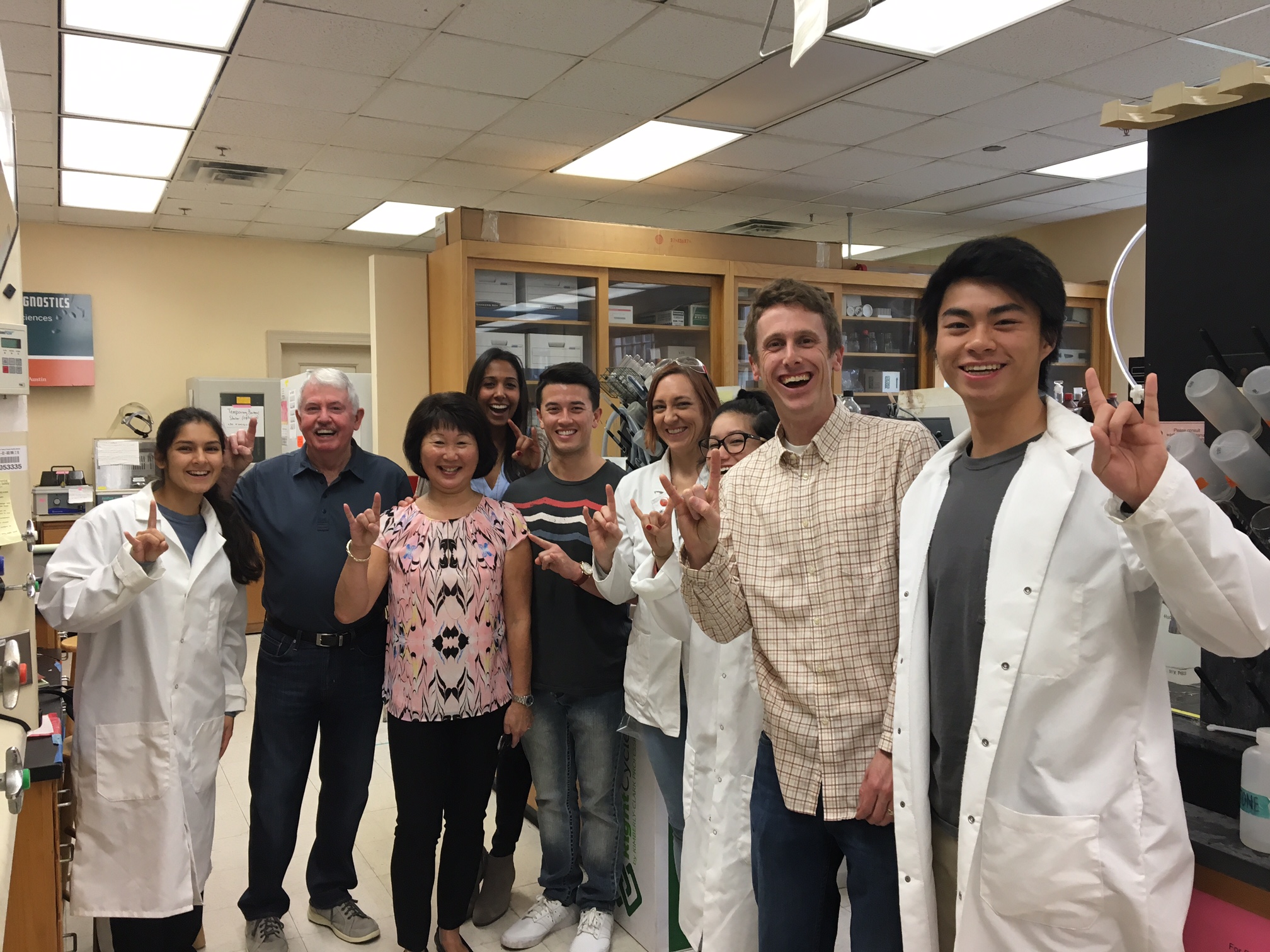
O'Rear provided the funding for the DIY Diagnostics research stream in the Freshman Research Initiative.
Note: Spring commencement is the time to reconnect with alumni, so this is the second post in our graduation-season series about CNS Alumni who Change the World. In this series, we highlight some of the outstanding people who got their start in UT Austin's College of Natural Sciences and went on to transform the world. You can also follow #CNSworldchangers online.

